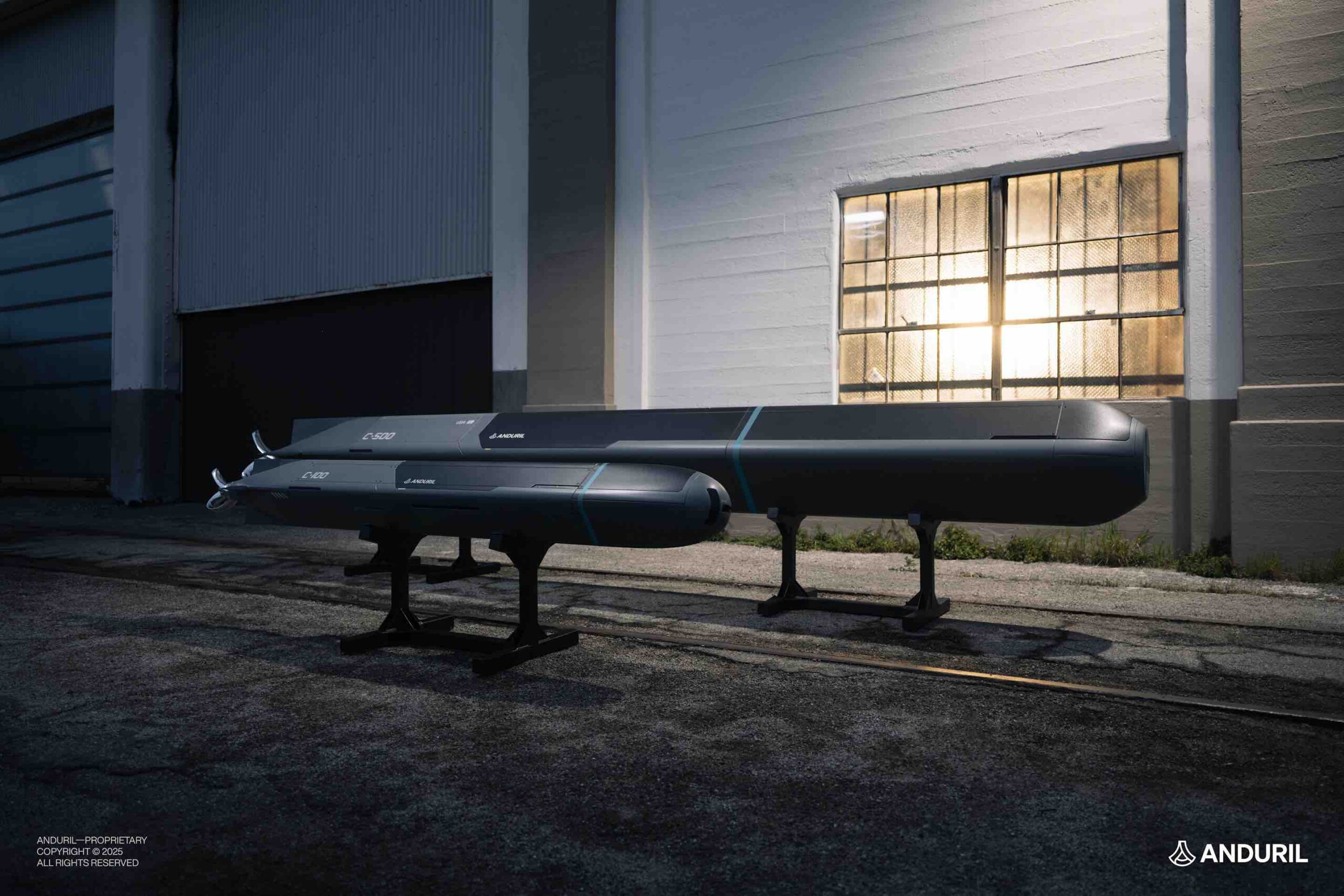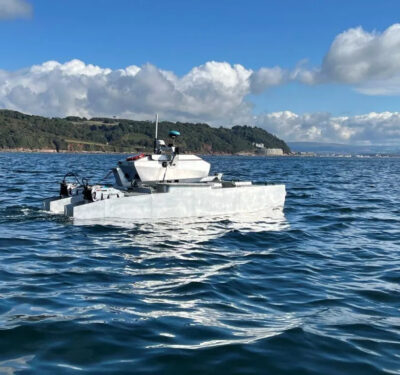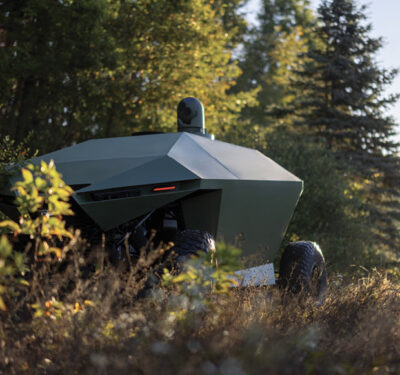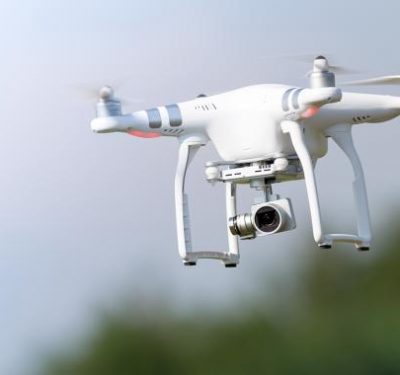Anduril Industries revealed Monday that it had quietly developed a family of small dual-use unmanned underwater vehicles (UUVs) called Copperheads which also can serve as torpedoes—but which they claim can be built in much greater volume at a “fraction of the cost” of regular military torpedoes.

Moreover, at an online press briefing, Anduril Program and Engineering Senior VP Shane Arnott claimed Copperheads were “the first subsea effector or torpedo that is being built for autonomous systems delivery.”
So not only is this a UUV that is also a munition, but it’s designed to be launched by drones (air, surface or undersea)—and potentially against maritime drones.
“We’ve really completed this new family to be new tools as unmanned systems proliferate undersea, or on the surface, both for the bad guys and the good guys,” said Arnott, noting Russian and Chinese subsurface warfare capabilities, as well as Ukraine’s recent successful use of small USVs to harry the warships of Russia’s Black Sea Fleet.
In common with other uncrewed systems developed by Anduril, the Copperhead comes in two differently sized variants, the 12.75” diameter (324mm) Copperhead-100 supporting a 100-lb dry weight payload, and the 21” (533mm) Copperhead-500 supporting a 500-lb. payload. Each in turn comes in both general use model (including for commercial operators), as well as munition subvariants designated Copperhead-100M and -500M.
Like Anduril’s other unmanned systems, these small UUVs/torpedoes are designed to network platforms via the company’s Lattice network, allowing teaming of Copperheads with each other and other crewed or uncrewed platforms, including the company’s Altius fixed-wing UAVs/loitering-munitions, or its Sentry undersea surveillance system.
Copperhead-100s and -500s could be deployed by Group 4 and 5 UAVs respectively, he said, or pushed out the back of cargo aircraft. Moreover, he said “dozens” of Copperhead-100s, or multiple -500s, could fit inside just one of the company’s Dive-XL autonomous underwater vehicles.
Arnott also outlined non-attack applications: “These could be dropped in the water as a large team and rapidly search an area for a crashed aircraft, or survey a field after a storm to rapidly determine if there’s damage to subsea services.” A press release mentions payloads including side-scan sonars, chemical detectors and magnetometers.
Torpedoes: breaking the bank as well as ships
The dimensions and payload weights of Copperhead-100M correspond to the U.S. Navy’s aircraft- and ship-launched Mark 54 lightweight anti-submarine torpedo; while Copperhead-500M is comparable to the Mark 48 heavyweight torpedo used by U.S. attack submarines.
Self-propelled torpedoes are arguably the original maritime drone since their introduction in the 1860s. Initially navigating either with assistance from primitive mechanical fire control systems or remote-control by wire, they evolved to support active guidance via sonar in the 1940s, and later early ‘killer autonomy’ by incorporating capabilities to classify acoustic signatures and discriminate in favor of preferred targets.
However, the latest Mark 48 Mod 7 ADCAP torpedoes are estimated to cost $4 to 5 million each, with annual production of just 120 torpedoes.
“It doesn’t make sense to expend a Mark 48 on an enemy UUV or USV, when that munition costs multiple times the cost of the [targeted] UUVs,” Arnott said, likening that to using pricy Patriot missiles to down inexpensive UAVs. Nor should such exquisite, limited supply weapons arm uncrewed platforms, he argued.
By contrast, Arnott said Copperheads are designed for scalability and production speed, as reflected in their square (rather than cylindrical) hull form. He estimated Anduril could build “high hundreds to thousands” annually.
Copperheads aren’t intended for large crewed submarines, according to Arnott, but rather for lighter platforms, like his company’s Dive XL, a combat capable extra-large-class UUV with three on order for the Royal Australia Navy’s Ghost Shark program and one delivered to the U.S. Navy last year.
That said, the U.S. Navy’s RAPTOR program is seeking a mass-producible torpedo costing around $500,000 to stock up for a major maritime conflict. However, Anduril said it “couldn’t comment on what the Navy is looking for with RAPTOR.”
Copperhead-M’s performance compared to conventional torpedoes is difficult to assess, as the only publicly shared performance metric is a maximum speed exceeding 30 knots. However, employing any weapon from autonomous underwater vehicles poses quandaries: due to the notorious challenges of subsea communications, a human may not be in the loop to decide to initiate a lethal engagement against sonar contacts.
Arnott argued that their Lattice autonomy solution left such ethical considerations to the platform’s users, not its designers. “You can give it parameters that are controlled by the customer for what their engagement criteria are. The robot can make decision with what target it addresses, designed with safety regime designed before they launched.”
Like crewed submarines, both an AUV and its munitions could rely on a continuously updated threat library to classify targets, based on their acoustic, radar or electromagnetic signatures—ideally, discriminating against attacking civilian, neutral or friendly maritime targets.
Perhaps one could devise procedures for AUVs to ‘check in’ with operators prior to engagement (even if at risk of losing the target), or conversely, that under the duress of a major maritime conflict, navies might forego scruples and designate free-fire zones in which AUVs are accorded more latitude to engage autonomously. Despite these issues, the very high costs of manned submarines may increasingly compel adoption of XLUUV platforms by navies seeking to cost-efficiently amass subsea ISR and combat capability.
Regarding communication methods, Arnott said Copperheads leveraged the same technologies used for other Anduril subsea platforms, including software tweaks to maintain comms links involving extremely low, thin bandwidths at lower power, “optical tech”, and other methods.
Arnott said Copperheads are currently “in the water” undergoing finalization, with plans to begin serial production later this year at an unspecified location.






